2017, EDMONTON, ALBERTA, CANADA

Simran Panesar takes tree planting seriously. Since she started in the Caring for our Watersheds contest in grade 8, Simran found new and exciting ways to plant trees, improve biodiversity, and educate youth about their watershed.
In this year’s project, Simran had moved onto high school, but wanted to engage grade 6 students (who have a science unit on trees and forests) students from her junior high school to come get involved. Her implementation took 4 parts:
Part 1: Presentation and Pizza. Grade 6 students from A. Blair McPherson school arrived to W.P. Wagner School where they listened to Simran’s presentation about the event. They were then treated to a pizza party lunch!
Part 2: Art Project: The school’s art teacher helped lead an environmental art project for the grade sixes. They put leaf impressions into clay and made little slabs. These slabs will be fired in a kiln and then compiled into a huge environmental display. This display will be a “contemplation project” and hung up at Wagner.
Part 3: Biodiversity Game. The grade 6 students learned about the importance of biodiversity in the watershed by a game which teaches how different bird beaks adaptations allow them to eat different foods.
Part 4: The final step was the actual tree planting. 45 native trees and shrubs (including Saskatoon, Lodgepole Pine, and Red Osier Dogwood) were planted in the schools yard.
Simran was able to make space for biodiversity at her new school while engaging and educating youth.
“I just wanted to thank you for inspiring me to make a positive difference in our world! You have inspired me since the day you came to our school when I was in grade 8 to talk about Caring for Our Watersheds and the experiences I’ve gained from this competition are priceless”. -Simran
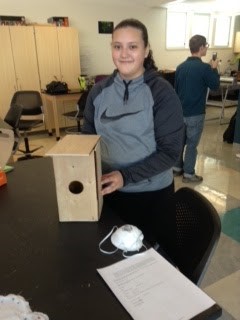
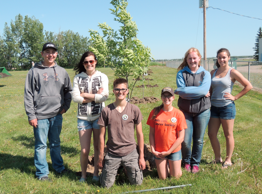
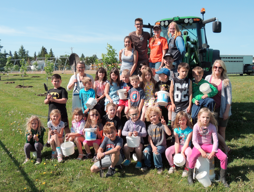


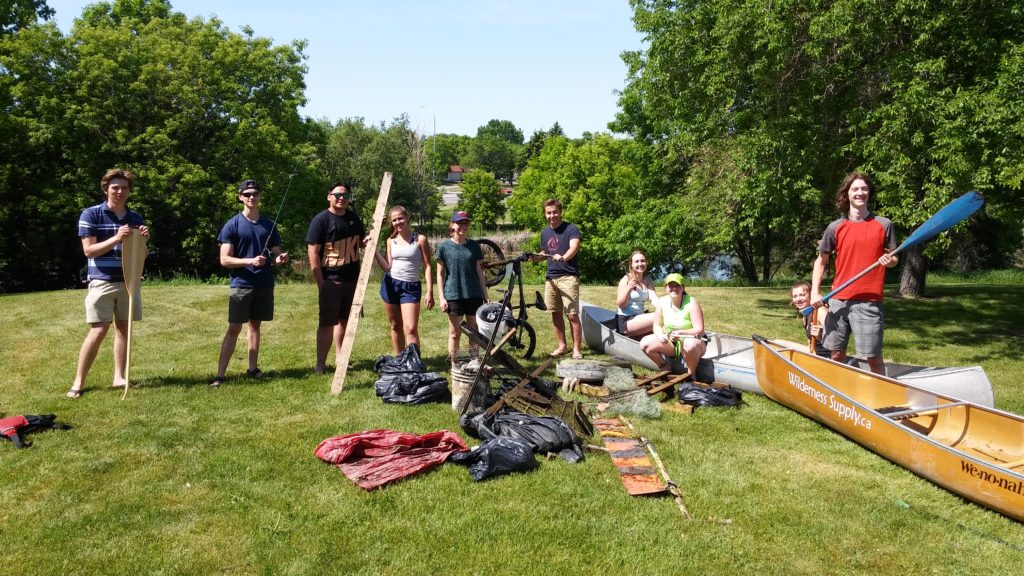
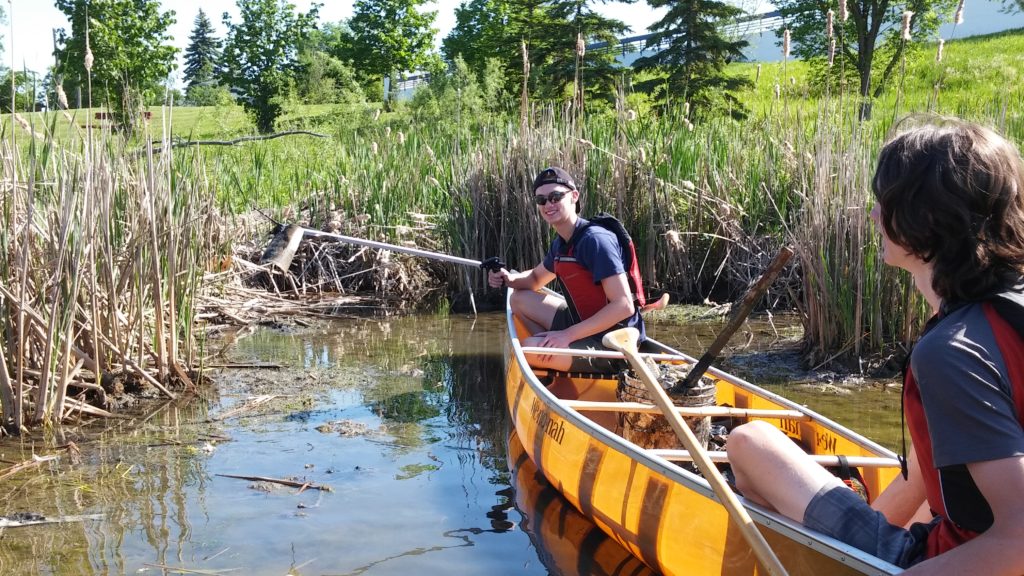 “An underwater litter removal project has never been done in Sturgeon Creek before, and judging by the amount of garbage Westwood students remove from the banks of the creek each year, there is likely a lot of garbage under the surface that needs to be cleaned up. Removing garbage from an aquatic ecosystem such as a stream greatly increases the quality of the habitat for wildlife. Gone are hazards that can cause injury and entanglement for animals. Removing floating and submerged garbage will dramatically increase not only the natural beauty of the park, but also the functionality of the ecosystem.
“An underwater litter removal project has never been done in Sturgeon Creek before, and judging by the amount of garbage Westwood students remove from the banks of the creek each year, there is likely a lot of garbage under the surface that needs to be cleaned up. Removing garbage from an aquatic ecosystem such as a stream greatly increases the quality of the habitat for wildlife. Gone are hazards that can cause injury and entanglement for animals. Removing floating and submerged garbage will dramatically increase not only the natural beauty of the park, but also the functionality of the ecosystem.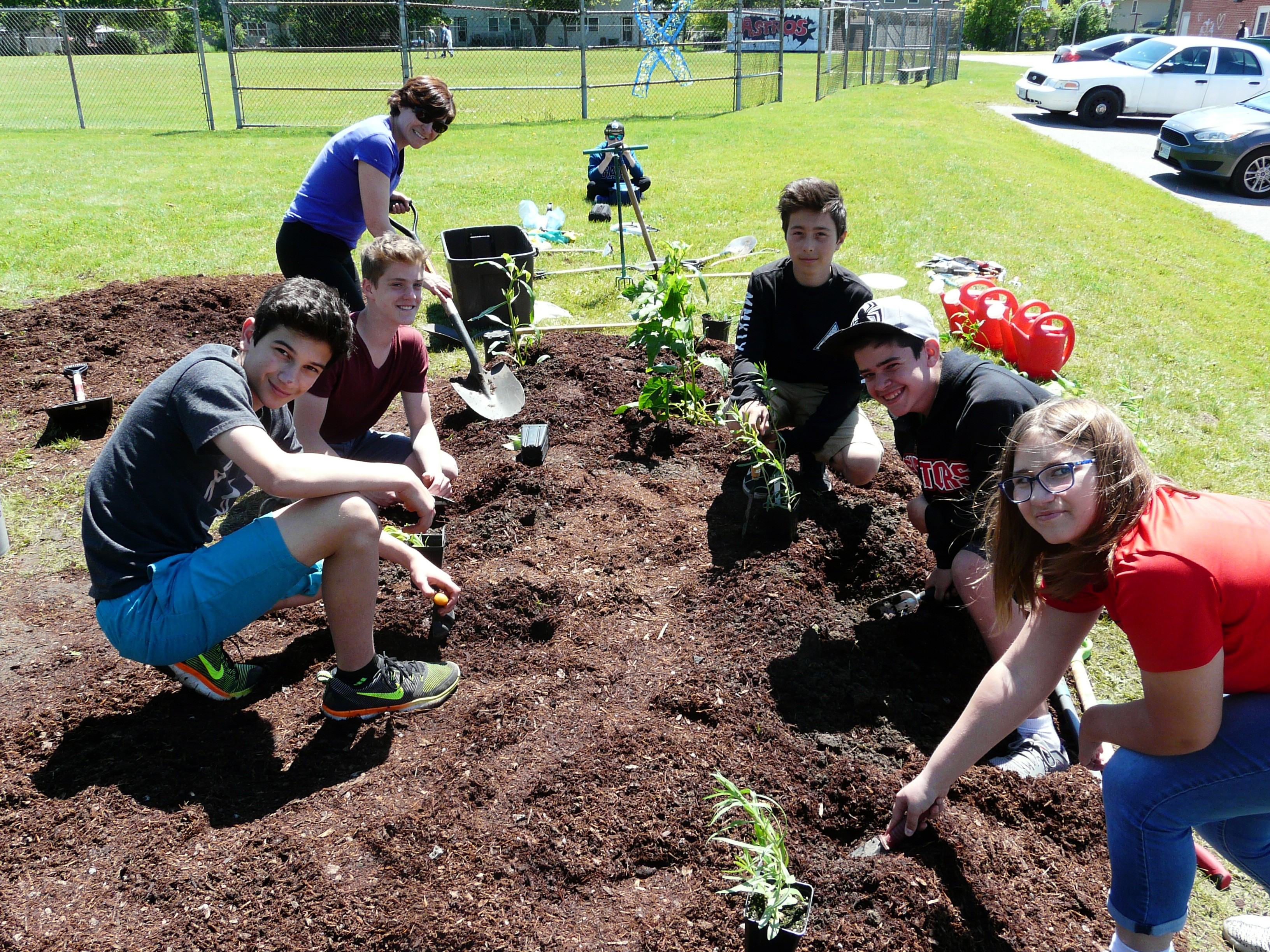 2017, Trenton, Ontario, Canada
2017, Trenton, Ontario, Canada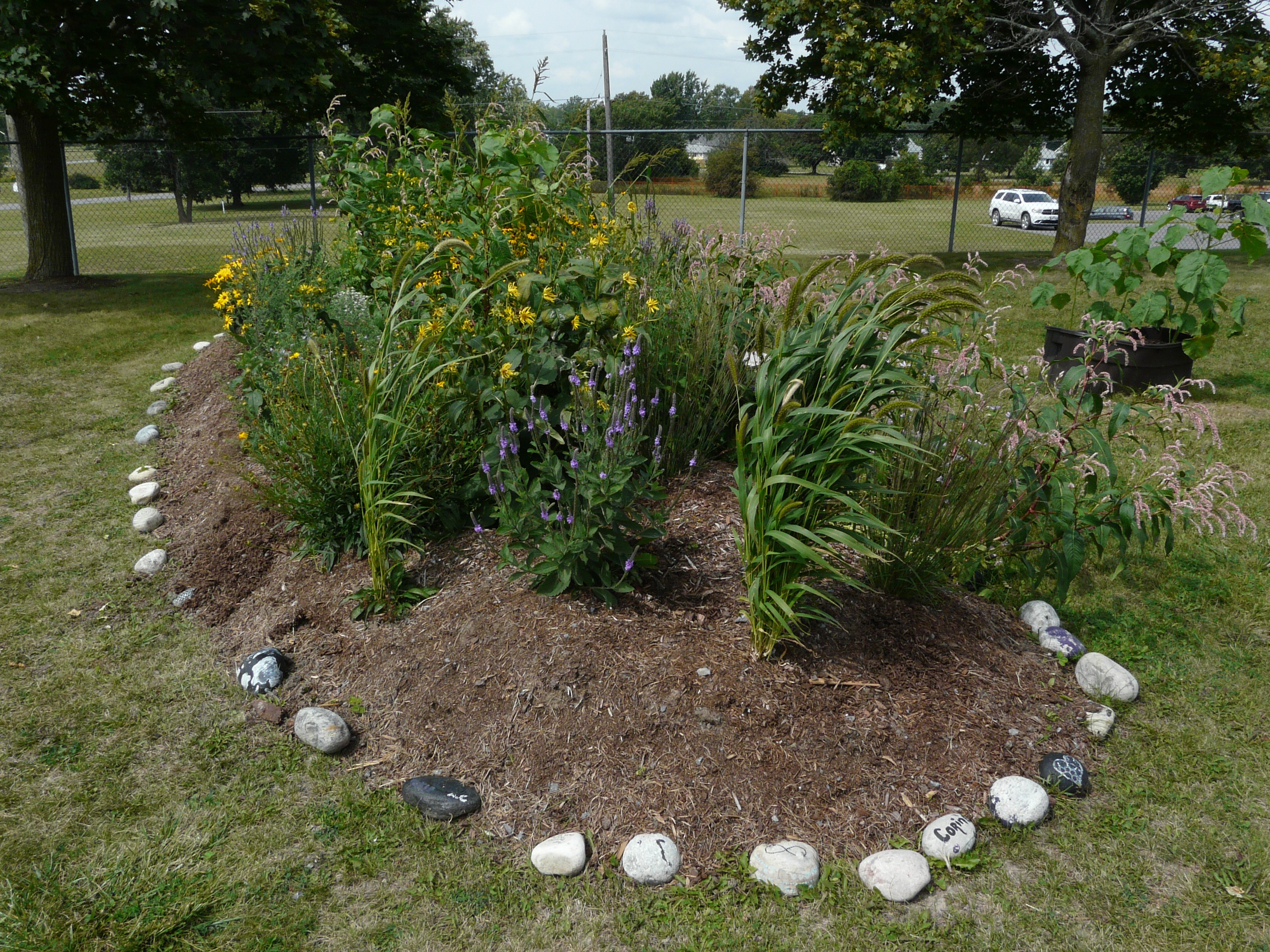
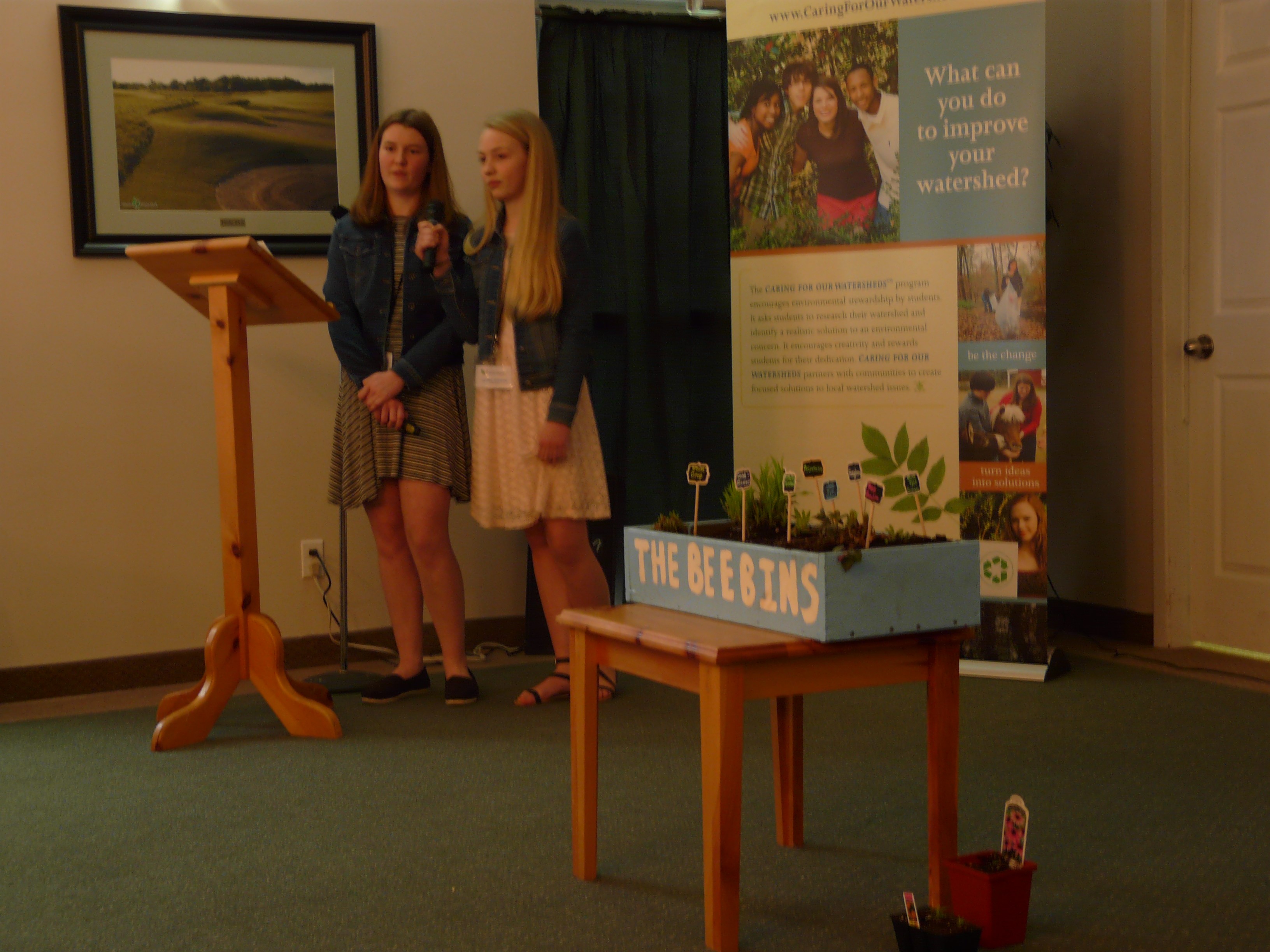
 tudents at Elmwood High School in Winnipeg, Manitoba are passionate about sustainability! Their sustainability team has come up with a “Rods and Reels” program that aims to educate youth about sustainable fishing practices and how this can impact their environment and watershed. Students will learn skills such as how to properly debarb a hook, the importance of why, as well as conservation limits and how this links to overall watershed health. This lesson will culminate in a class fishing trip so they can learn practicing proper fishing etiquette and connect with nature.
tudents at Elmwood High School in Winnipeg, Manitoba are passionate about sustainability! Their sustainability team has come up with a “Rods and Reels” program that aims to educate youth about sustainable fishing practices and how this can impact their environment and watershed. Students will learn skills such as how to properly debarb a hook, the importance of why, as well as conservation limits and how this links to overall watershed health. This lesson will culminate in a class fishing trip so they can learn practicing proper fishing etiquette and connect with nature.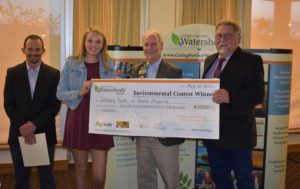
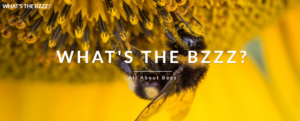 answers to the questions are recorded and a final report is give at the end of the game. Players can then use this score to identify how they can better help the bees in the watershed. The game can be found at:
answers to the questions are recorded and a final report is give at the end of the game. Players can then use this score to identify how they can better help the bees in the watershed. The game can be found at: 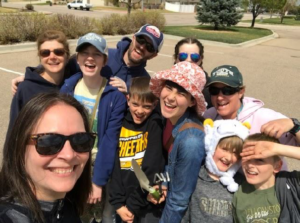 2017, Greeley, Colorado, USA
2017, Greeley, Colorado, USA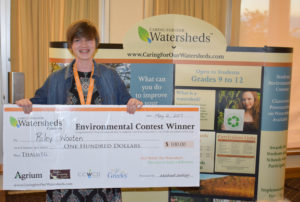 Milkweed, Palmer Penstemon, Butterfly Milkweed, White Clover, Purple Coneflower, Mexican Hat, Yellow Coxie Flower, White Yarrow, and Black-Eyed Susan. In April, Riley organized a group of volunteers to clean the area, sow the seeds and install the insect boxes.
Milkweed, Palmer Penstemon, Butterfly Milkweed, White Clover, Purple Coneflower, Mexican Hat, Yellow Coxie Flower, White Yarrow, and Black-Eyed Susan. In April, Riley organized a group of volunteers to clean the area, sow the seeds and install the insect boxes.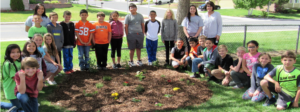 2017 Greeley, Colorado, USA
2017 Greeley, Colorado, USA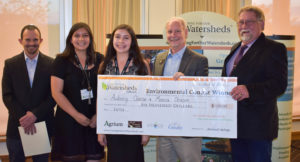 pollinators have on our environment then helped each group create a garden. Each garden included flowers that attract butterflies, bees, and hummingbirds. They created gardens at four schools and three churches around Northern Colorado. In addition, Monica and Aubrey distributed garden designs and seeds to each person so they could create their own gardens at their homes.
pollinators have on our environment then helped each group create a garden. Each garden included flowers that attract butterflies, bees, and hummingbirds. They created gardens at four schools and three churches around Northern Colorado. In addition, Monica and Aubrey distributed garden designs and seeds to each person so they could create their own gardens at their homes.